|
Astronomers have just made the most accurate distance measurements yet to the ultra-magnetised star XTE J1810-197 – and at a distance of about 8,000 light-years, the rare magnetar is one of the closest to us, and is quite a bit closer than we previously thought. The research was led by OzGrav astronomers and made use of the OzSTAR supercomputer at Swinburne University of Technology. In addition to getting perhaps the most precise distance to a magnetar to date, astronomers were also able to hypothesise about the magnetar’s genesis. A supernova remnant, located rather too close by to be coincidental, may be the remains of a former companion star of XTE J1810-197. Magnetars are a special and particularly terrifying variety of neutron star; stars composed nearly entirely of neutrons that spin at insane rates, up to hundreds of times per second. Their magnetic fields are stronger than anything else known. The magnetar XTE J1810-197 was discovered in 2003 by the Rossi X-Ray Timing Explorer (RXTE) as it was observing another magnetar, a soft gamma repeater, known as SGR 1806-20. At the time it was discovered, XTE J1810-197 was furiously emitting X-rays, but gradually faded away until 2018 when it became active again. Magnetars are rather rare, with less than 30 known examples in our galaxy. The magnetar XTE J1810-197 is rarer still, a special class of neutron star that has the properties of both magnetars and pulsars. Recent evidence suggests that neutron stars may go through different stages of evolution, first as a pulsar then as a magnetar (or maybe the other way around), but there is still a lot to learn about stars like XTE J1810-197. Knowing with some accuracy how far away they are is a good start. Led by OzGrav PhD student Hao Ding from Swinburne University, a collaboration between researchers in Australia, the USA and South Africa have taken measurements of the parallax of XTE J1810-197 over a period of a little more than a year. Previously thought to be 10,000 light-years away, they found it to be substantially closer at about 8,000 light-years. ‘In this work, we measure the positions of the magnetar with respect to two quasars that are quasi-linear to the magnetar. The technique we used can also be used to measure the parallaxes of radio-bright stars within about 10 kpc [kilo-parsecs, a commonly used unit of measurement amongst astronomers] distance. Beyond the distance limit, a parallax would be too small to detect.’ According to Hao Ding, having an accurate distance for XTE J1810-197, as well as an understanding of its motion across the sky (known as its proper motion), will benefit researchers trying to understand the properties of these fascinating stars. ‘Precise proper motion and parallax measurements would benefit long-term pulsar timing of magnetars, and, in particular, lead to a more reliable characteristic age’. Collaborator and OzGrav PhD student Marcus Lower is also from Swinburne and has an affiliation with the CSIRO. ‘Having an accurate distance measurement to the magnetar is extremely useful. For instance, we can now accurately measure the temperature of its surface based on how bright it appears in X-rays. It also allows us to measure the distance to blobs of hot gas between us and the magnetar based on the twinkling of its radio pulses.’ There’s also the question of whether there is any link between the nearby supernova remnant (SNR) – the remains of stars blown apart in supernovae explosions – and XTE J1810-197. While the two are separated by some distance, ‘our precise proper motion points back to the central region of the SNR called G11.0-0.0 at about 70,000 years ago,’ says Hao Ding. The magnetar XTE J1810-197 was the first one observed emitting radio pulses, and over 15 years later it is still giving up its secrets in the biggest science lab there is – the universe. Extracted from the feature article on Space Australia written by Dan Lambeth
0 Comments
Gamma-ray bursts (GRBs) are extremely energetic explosions that have been observed in distant galaxies; they are the most luminous explosions in the Universe. A team of scientists from the ARC Centre of Excellence for Gravitational Wave Discovery (OzGrav) from the University of Western Australia recently studied a high redshift long GRB (a more common explosion lasting between 2 seconds to several minutes) called GRB160203A. After four hours, the afterglow of this specific GRB begins rebrightening, spiking in luminosity at different times. Using data from every telescope that observed the cosmic event with the ‘fireball’ simulation model, the OzGrav team concluded that these bright features are best explained by the jet of intense light, electrons, and swept-up debris (known as the fireball) crashing into irregularities of the environment, like a fast car hitting a speed bump. The afterglow of GRB160203A has two main parts—the ‘well-behaved’ period, lasting four hours, and the ‘unusual’ period afterwards. The fireball model suggested that, in the well-behaved period, the fireball was in the interstellar medium—the space between the stars, which consists of gas with at least ten trillion times fewer particles than air in the same volume. In the unusual period, the fireball model failed to make any predictions about the environment of the burst due to the rebrightening events. This was our clue to investigate popular modifications to the model and explain the odd behaviour. The two most popular modifications to the fireball model are the magnetar collapse model and the termination shock model. The magnetar collapse model predicts that a magnetic neutron star (a small celestial object densely packed with neutrons) collapses, injecting energy into the fireball with the quickly changing magnetic field which is then converted to light. The termination shock model proposes that the fireball is passing through the boundary between the stellar wind and the interstellar medium. As the front of the fireball crashes into the boundary and slows down, the back of the fireball catches up and smashes into the front. This ‘reverse shock’ releases energy in the form of light; however, neither model can explain why there are at least two rebrightening events. The magnetar cannot collapse twice and the fireball cannot cross the stellar/interstellar medium more than once. The other models considered involved a non-uniform medium for the fireball—a turbulence model. As the fireball enters a region of higher density, it causes a reverse shock and releases light. The source of this spike in density could come from the wind surrounding a rare Wolf-Rayet star, or the natural turbulence of the interstellar medium. Wolf-Rayet stars constantly shed material in shells around themselves due to their unstable nature. The interstellar medium, like all turbulent fluids, has pockets of high and low density scattered throughout, like the chips in a chocolate chip biscuit. OzGrav researcher and lead of the study Hayden Crisp says: ‘We created a model of the brightness of the GRB as if it was well-behaved throughout the observations. By comparing the modelled brightness to the actual brightness, the relationship between brightness and medium density showed the fireball medium’s density over time. We saw that the rebrightening events correspond to a 5 to 50x increase in the density of the fireball medium’. Crisp adds: ‘Of the two plausible models, we prefer the turbulence model as the fireball model implies the well-behaved period is in the interstellar medium. Our main conclusion from this research is that the assumption of a uniform fireball medium is inappropriate in this case. A non-uniform environment may provide a new lens to examine the growing number of unusual bursts and provides a competitive model for explaining their features’. Every ten seconds or so, a pair of black holes or neutron stars collide somewhere in the Universe. These collisions generate gravitational waves—ripples in the fabric of space and time—which are observed on Earth using hyper-sensitive laser interferometers, based in the US and Italy. However, the detectors are not sensitive enough to see every collision, only those that are sufficiently close by. The data from the detectors is publicly available, allowing scientists from around the world to check the findings of the LIGO and Virgo collaborations who operate the detectors. Open data also allows outside groups to try new ways to find signals, providing healthy competition for LIGO and Virgo! Last year, a group from Princeton did just this—nalysing the open data, they found a new binary black hole candidate called GW151216. One way to ascertain if a candidate gravitational-wave event is real is to look for consistent signals in two or more observatories. Using this principle, a team of researchers from the ARC Centre of Excellence of Gravitational Wave Discovery (OzGrav), at Monash University, developed a new method to determine if candidate gravitational-wave events are real. OzGrav researcher Dr Greg Ashton likens the detection of gravitational-wave signals to listening to sounds in the night: “Imagine that you wake in the middle of the night to a strange noise. You turn to your partner to ask if they heard it too. If you both describe the same sound, then you are unlikely to have imagined it. We use the same idea. We compare the signal between the detectors and against known terrestrial noise”. In their study, Ashton and his collaborator, Prof Eric Thrane, applied their method to the candidate GW151216 and found that there’s only a 3% chance that it’s real. “We would’ve liked to conclude that it is real event,” says Ashton. “As the number of gravitational-wave detections grows, it will become increasingly important to assess the provenance of candidate events to ensure we draw conclusions from bona fide gravitational-wave signals.” Ashton and Thrane are now looking to further develop their method and apply it the many other candidates in the data. A new study makes a compelling case for the development of "NEMO"—a new observatory in Australia that could deliver on some of the most exciting gravitational-wave science next-generation detectors have to offer, but at a fraction of the cost. The study, co-authored by the ARC Center of Excellence for Gravitational Wave Discovery (OzGrav), coincides with an Astronomy Decadal Plan mid-term review by Australian Academy of Sciences where "NEMO" is identified as a priority goal. "Gravitational-wave astronomy is reshaping our understanding of the Universe," said one of the study's lead authors OzGrav Chief Investigator Paul Lasky, from Monash University. "Neutron stars are an end state of stellar evolution," he said. "They consist of the densest observable matter in the Universe, and are believed to consist of a superfluid, superconducting core of matter at supranuclear densities. Such conditions are impossible to produce in the laboratory, and theoretical modeling of the matter requires extrapolation by many orders of magnitude beyond the point where nuclear physics is well understood." The study presents the design concept and science case for a Neutron Star Extreme Matter Observatory (NEMO): a gravitational-wave interferometer optimized to study nuclear physics with merging neutron stars. The concept uses high circulating laser power, quantum squeezing and a detector topology specially designed to achieve the high frequency sensitivity necessary to probe nuclear matter using gravitational waves. The study acknowledges that third-generation observatories require substantial, global financial investment and significant technological development over many years. According to Monash Ph.D. candidate Francisco Hernandez Vivanco, who also worked on the study, the recent transformational discoveries were only the tip of the iceberg of what the new field of gravitational-wave astronomy could potentially achieve. "To reach its full potential, new detectors with greater sensitivity are required," Francisco said. "The global community of gravitational-wave scientists is currently designing the so called 'third-generation gravitational-wave detectors (we are currently in the second generation of detectors; the first generation were the prototypes that got us where we are today)." Third-generation detectors will increase the sensitivity achieved by a factor of 10, detecting every black hole merger throughout the Universe, and most of the neutron star collisions. But they have a hefty price tag. At about $1B, they require truly global investment, and are not anticipated to start detecting ripples of gravity until 2035 at the earliest. In contrast, NEMO would require a budget only under $100M, a considerably shorter timescale for development, and it would provide a test-bed facility for technology development for third-generation instruments. The paper concludes that further design studies are required detailing specifics of the instrument, as well as a possible scoping study to find an appropriate location for the observatory, a project known as "Finding NEMO." As featured in The Age, Phys.org and Space Australia |
|
- Home
- About
-
Our People
- Chief Investigators
- Partner Investigators
- Associate Investigators
- Postdocs and Students >
- Professional & Outreach staff
- Governance Advisory Committee
- Scientific Advisory Committee
- Executive Committee
- Equity & Diversity Committee
- Early Career Researcher Committee
- Professional Development Committee
- Research Translation Committee
- OzGrav Alumni
- Research Themes
- Education and Outreach
- Events
- News/Media
- Contact Us
- Home
- About
-
Our People
- Chief Investigators
- Partner Investigators
- Associate Investigators
- Postdocs and Students >
- Professional & Outreach staff
- Governance Advisory Committee
- Scientific Advisory Committee
- Executive Committee
- Equity & Diversity Committee
- Early Career Researcher Committee
- Professional Development Committee
- Research Translation Committee
- OzGrav Alumni
- Research Themes
- Education and Outreach
- Events
- News/Media
- Contact Us

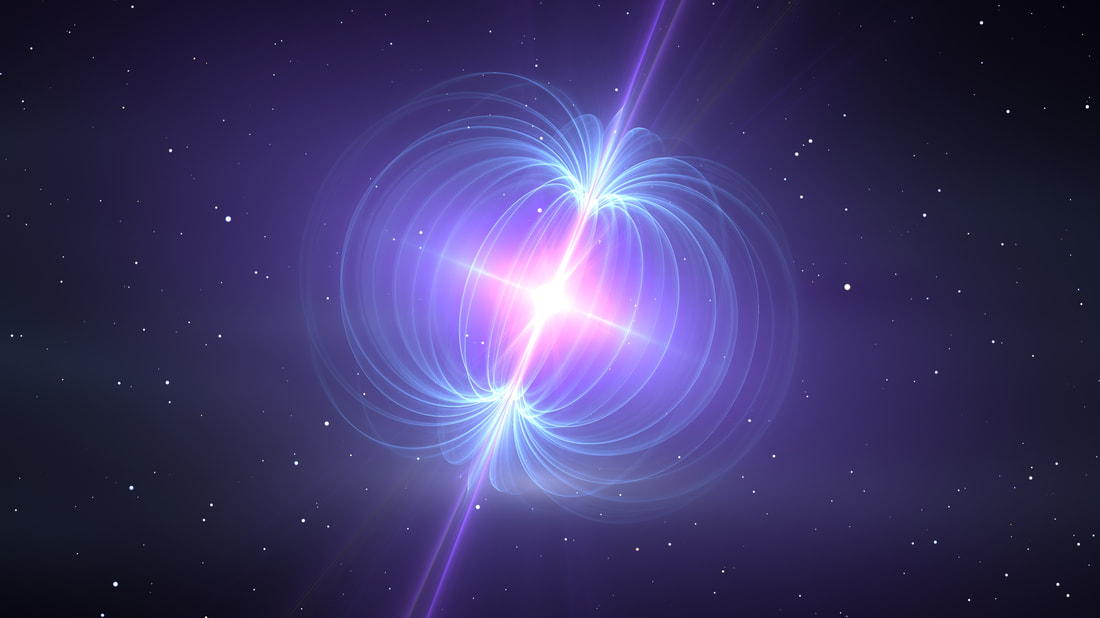
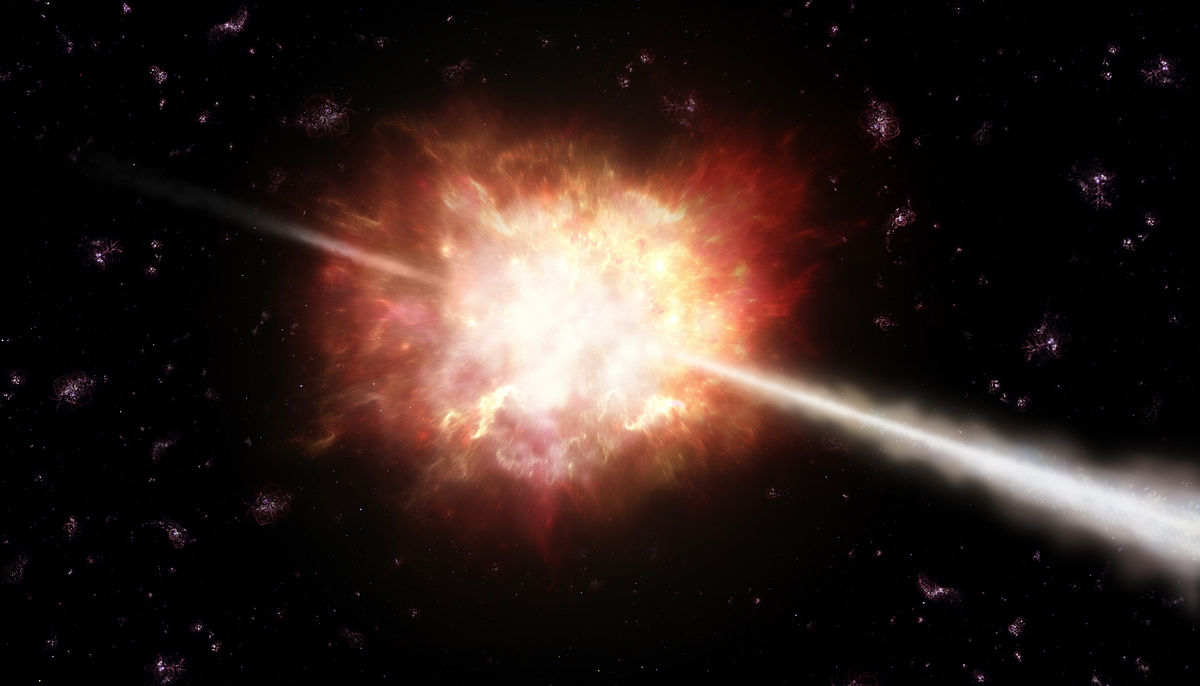
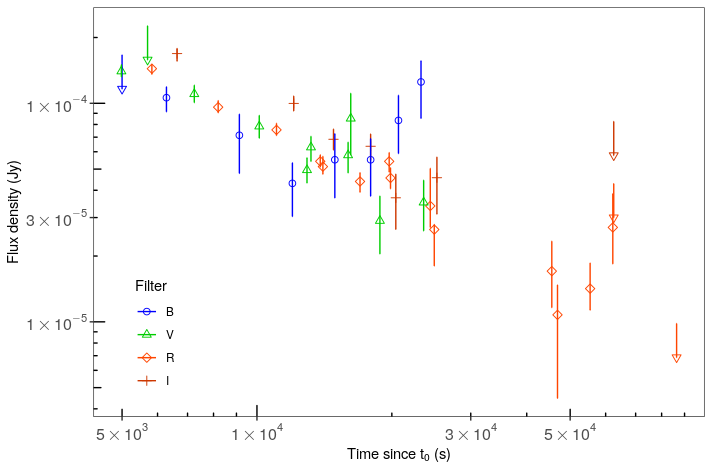
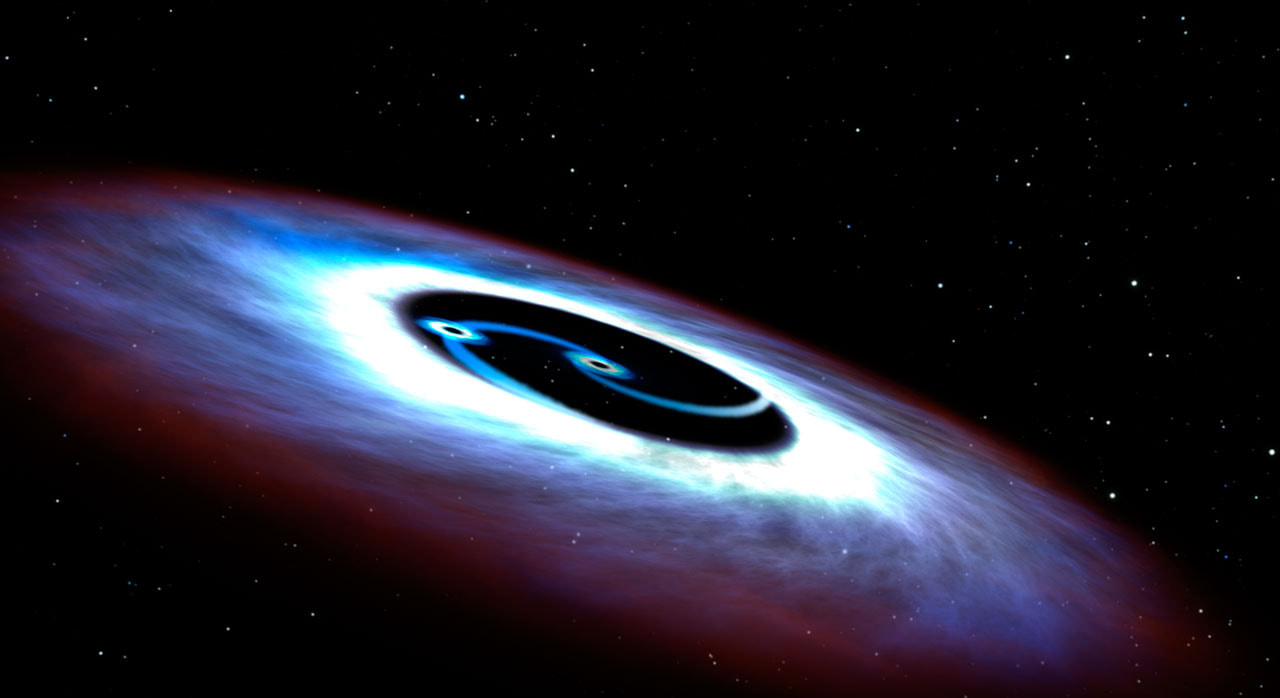
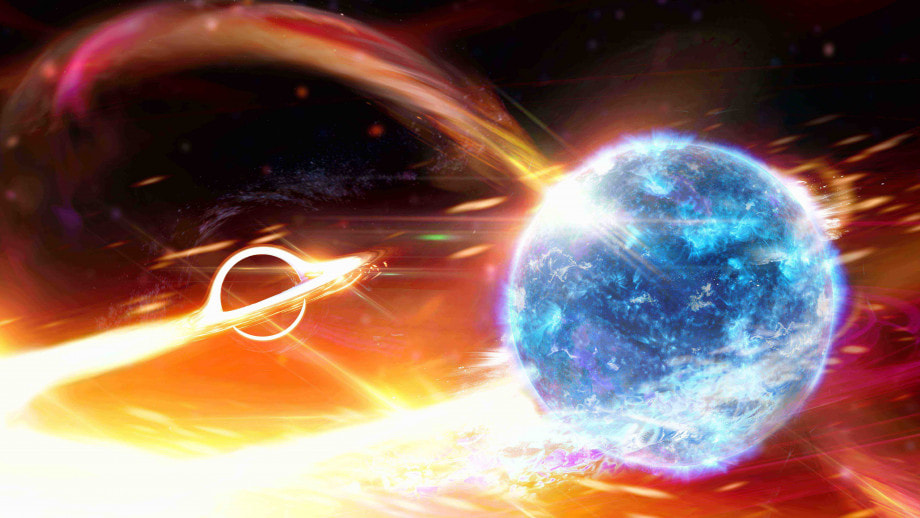
 RSS Feed
RSS Feed








